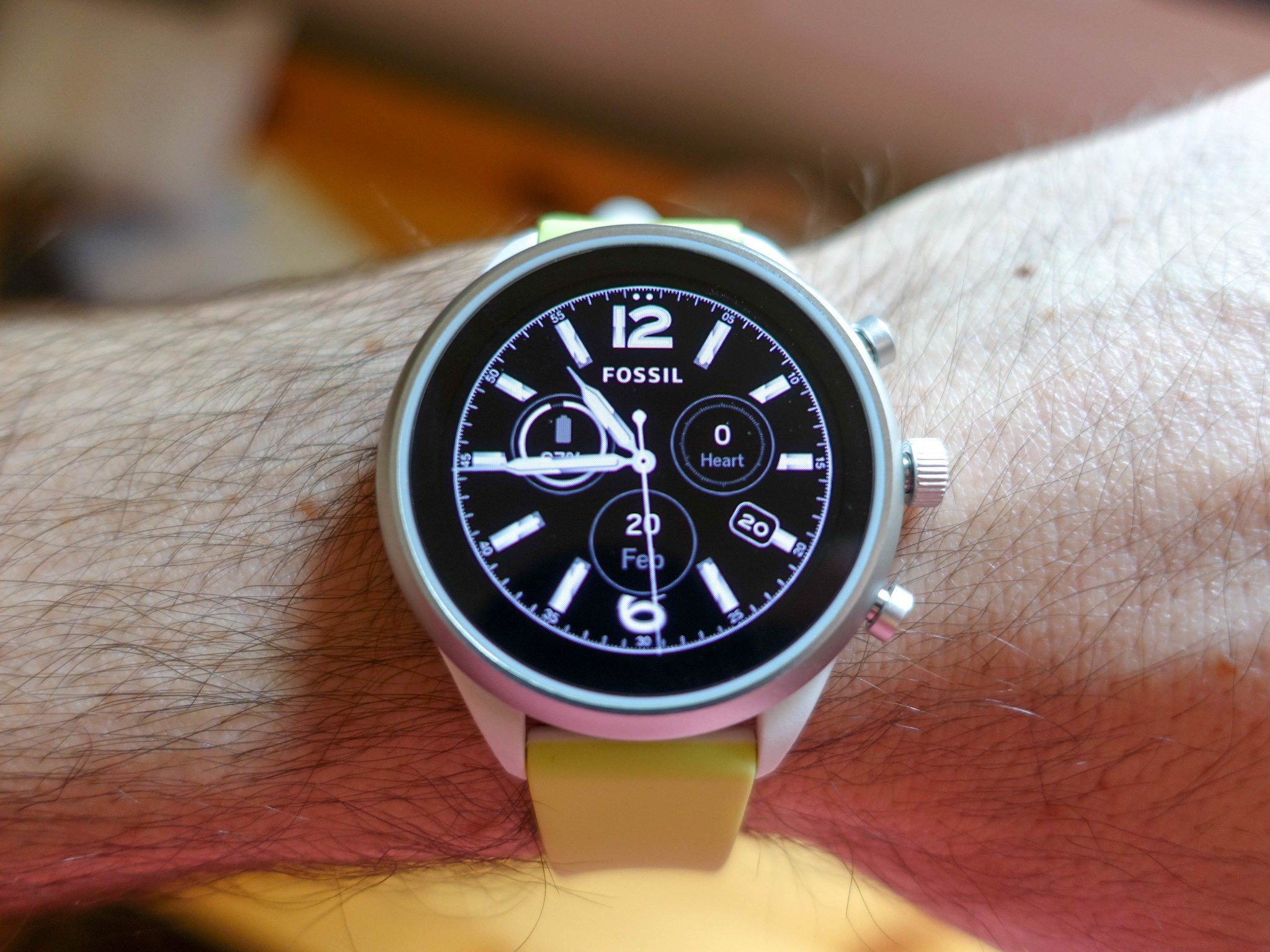I would never suggest something so untoward as to not buy a Wear OS smartwatch. Indeed, Fossil's latest, the Fossil Sport, is among the best out there. It's light and colorful and mixes a modern aesthetic with practical touches that feel right at home with the brand.
And yet Wear OS in its current incarnation is in dire, dire need of a restructuring, the type of overhaul one reserves for dead platforms.
So with Google promising to invest in Wear OS in 2019 and beyond, is it safe to buy a Fossil Sport? Is it good to buy one? Read on for more.
The Good
- Awesome two-tone finish
- Compact and extremely comfortable
- High-quality crown mechanism
- Google Assistant is genuinely useful on the wrist
The Bad
- A bit expensive for the mainstream
- Battery life is disappointing
- Buggy software
What's great about the Fossil Sport
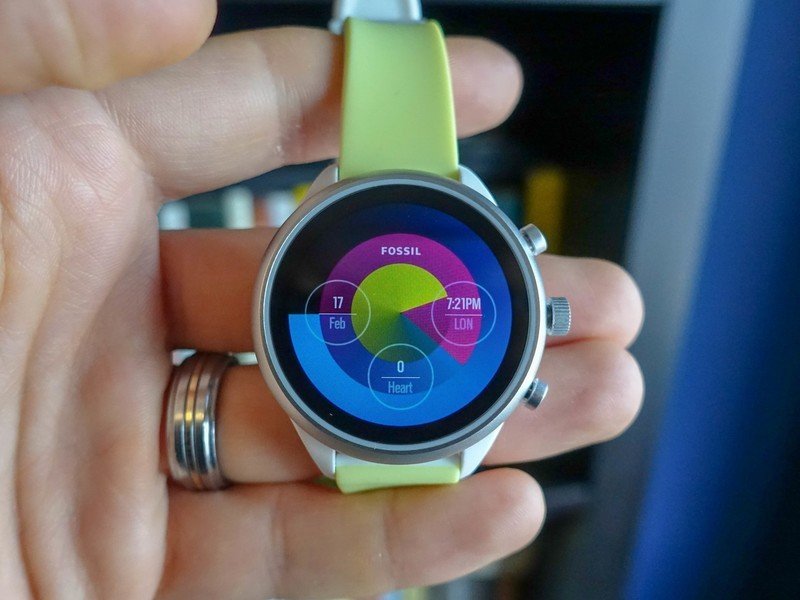
Given its legacy of producing mediocre hardware as recently as two years ago, Fossil and its subsidiary brands have come a long way in a short time. The company's own Gen 4 hardware is excellent all-round, with high-quality displays, tight button tolerances, and generally excellent designs for all demographics. If you've ever lusted after a Fossil watch of some sort, you can take for granted a "smart" option is now available and good.
The Fossil Sport is a small number, a dual-toned experiment of white plastic and brushed aluminum that compete for attention without undermining the other. It shouldn't work but it does.
Operating as the flagship Fossil smartwatch going into 2019, it's no mistake that the timepiece is so focused on health tracking and fitness; increasingly that's the category's raison d'être on all sides of the platform aisle, from Wear OS to the Apple Watch to Fitbit. Inside, a new(ish) Qualcomm Snapdragon Wear 3100 platform powers the show, promising improved battery life through a dedicated low-power chip that, when engaged, lets the Sport operate as a standalone watch, sans phone connectivity, with more features than wearables on previous generation chips.
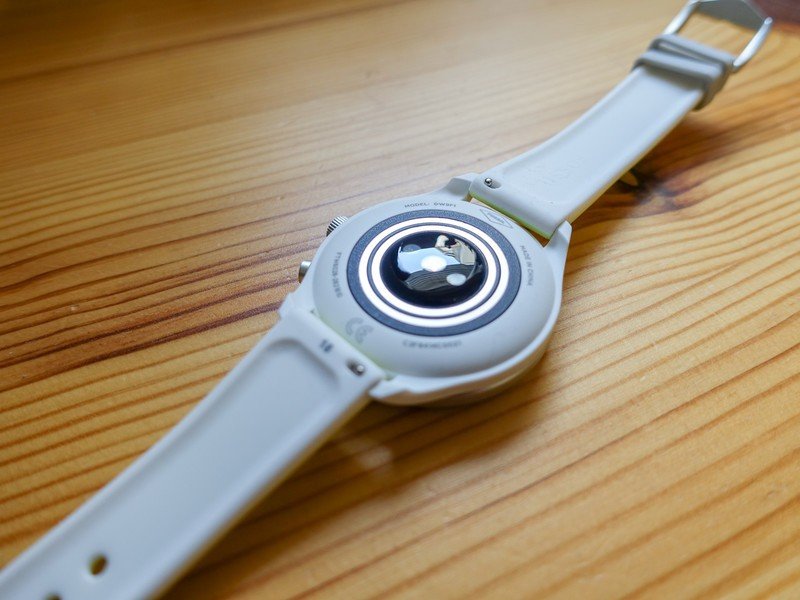
The soft rubber band comes in a half-dozen or so colors, and while I would have preferred the delicious red-on-white-on-red option to the millennial "Neon" yellow of my review unit, I generally love this look, and thanks to its diminutive size, think that the Sport is one of the best-looking and most comfortable smartwatches out there.
As with many of Fossil's smartwatches, the right side holds the key to avoiding covering the tiny display with a finger — the crown. While it lacks the tactility of some others in its class, the Sport's crown operates dutifully in scrolling and clicking one's way through the admittedly less-convoluted-than-it-used-to-be Wear OS interface.
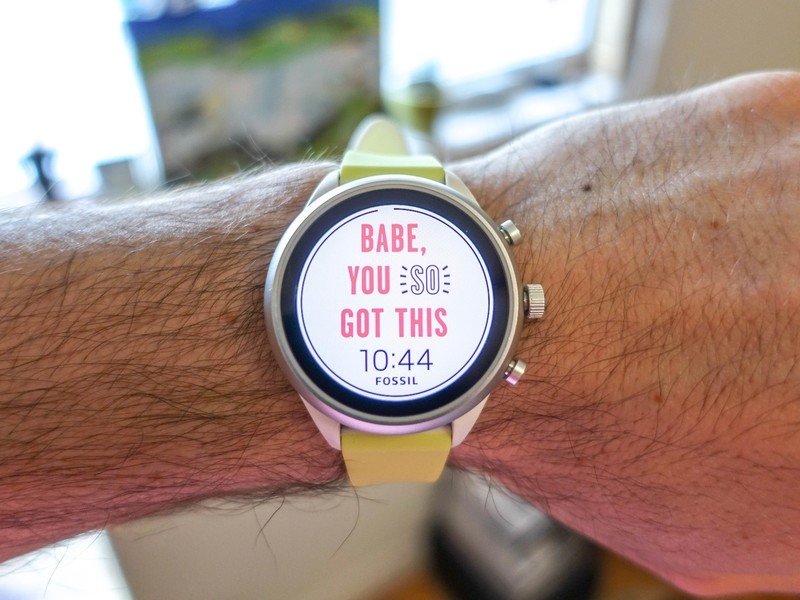
Similarly, most people will find a watch face they like, from the ultra-simplicity of No Icon Digital to the fun rah-rah encouragement of its Candice Huffine collaboration. Nothing like seeing, "Babe, you SO got this," every time you check the time. It may not be to my taste exactly, but I love that it's here — contrived as it may be.
Obviously, given its name, there's a big fitness focus here, and that's borne out in the integration with Google Fit, the integrated heart rate monitor, GPS, and the sweat-resistant plastic frame. Google Fit isn't the most robust health tracking platform, but it's certainly improved immensely since its early days, and now has three separate components: a main app, a workout app, and one for guided meditation (though seriously, does anyone actually meditate using their smartwatch?).
The Fossil Sport feels like a complete thought. It's well-designed, colorful, and does all the smartwatch basics super well.
But how does it work as an actual smartwatch? Wear OS has gone through so many minor updates over the past few years it's difficult to keep track, but the version on the Fossil Sport represents, in design, Google's latest thoughts on wearable interactivity. And there's a lot to like here: Google Assistant is always close at hand, and there's a dedicated panel for the increasingly-important Google Feed, which aggregates useful bits of information depending on the time of day. And depending on the app, notification actions are quick and easy on the wrist — when they arrive on time.
What's not great about the Fossil Sport
There's something to be said for consistency, but that's only a compliment when said consistency is positive. The Fossil Sport is among the best Wear OS products I've used, but it's still running software as finicky as it's ever been.
Dear Google,
What the actual fuck?
Love, Daniel pic.twitter.com/BbIfpiIVrtDear Google,
What the actual fuck?
Love, Daniel pic.twitter.com/BbIfpiIVrt— Daniel Bader (@journeydan) February 13, 2019February 13, 2019
While the watch performs flawlessly most of the time, there were moments, especially when removing it from its charger, that it just stopped responding to any input at all. This would usually last for five to 10 minutes, or until I manually rebooted it. I reached out to Fossil about this problem, but it appears I'm not alone.
Then there are the inherent problems with Wear OS itself: notifications are often delayed, at least when connected to the Pixel 3 that's been paired to the watch since I unboxed it. Sometimes these delays are only a few seconds, but occasionally they'd happen minutes or occasionally hours after they appeared on the phone.
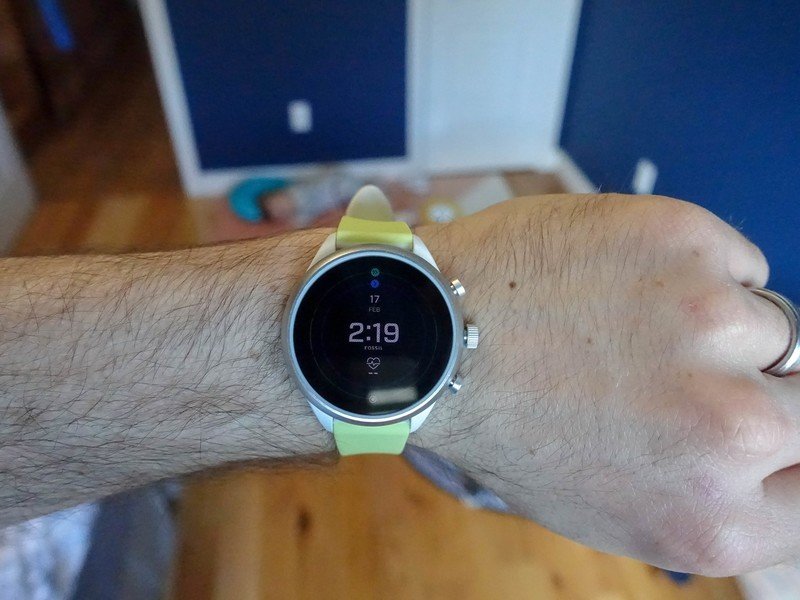
More than anything, though, I just can't help but feel like Wear OS is a fundamentally broken platform that needs to be rebuilt from the bottom up. When functioning as just a way to tell the time, triage notifications and occasionally track a workout, it's perfectly fine. Even Google Pay works well on watches, like the Fossil Sport, that have integrated NFC.
But desire to do much more than that — input a grocery list into Google Keep, or manage music in Spotify, for instance — and the experience goes downhill quickly. It's not that voice input is unreliable, because it's not, but on Wear OS there always seems to be an uncomfortable beat between asking the system to do something and seeing it happen on screen.
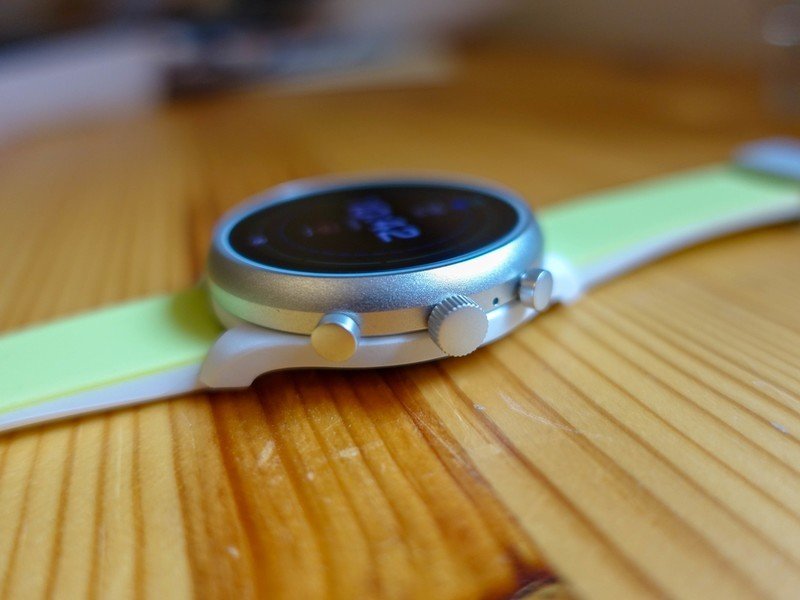
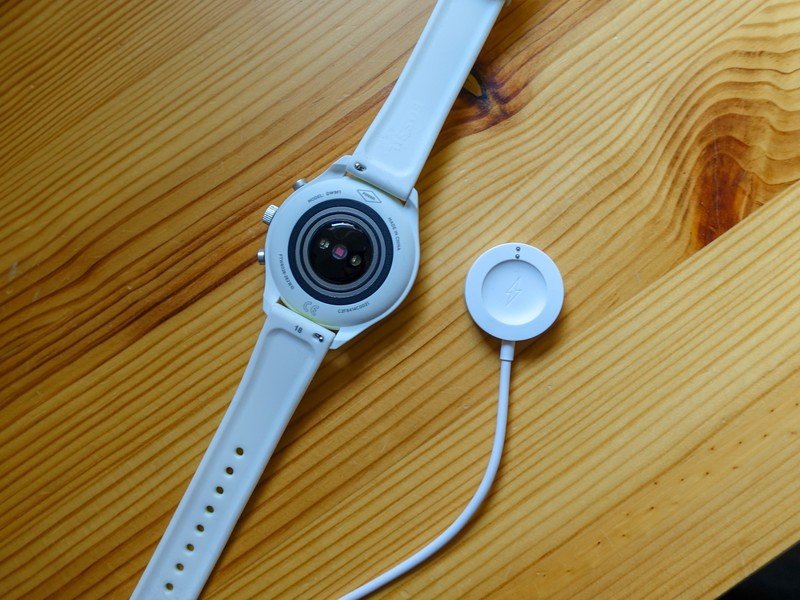
If this were early on in the platform's life I'd be more forgiving, but Wear OS has been around for half a decade now. Similarly, we're on the second generation of smartwatch processors with the Snapdragon Wear 3100 and still experiencing the same hiccups, the same random performance interruptions.
We're also dealing with the same single-day battery life. Yes, the Sport has a time-only battery saving feature that extends the watch's life by up to 30 days — by disabling everything but its ability to keep time — when used as a Wear OS device, you'll be charging it every night.
I've come to terms with this, but given Qualcomm's insistence that its Snapdragon Wear 3100 platform would extend uptime in all scenarios, this realization was a bit of a disappointment.
Should you buy the Fossil Sport? If you like Wear OS, yes!
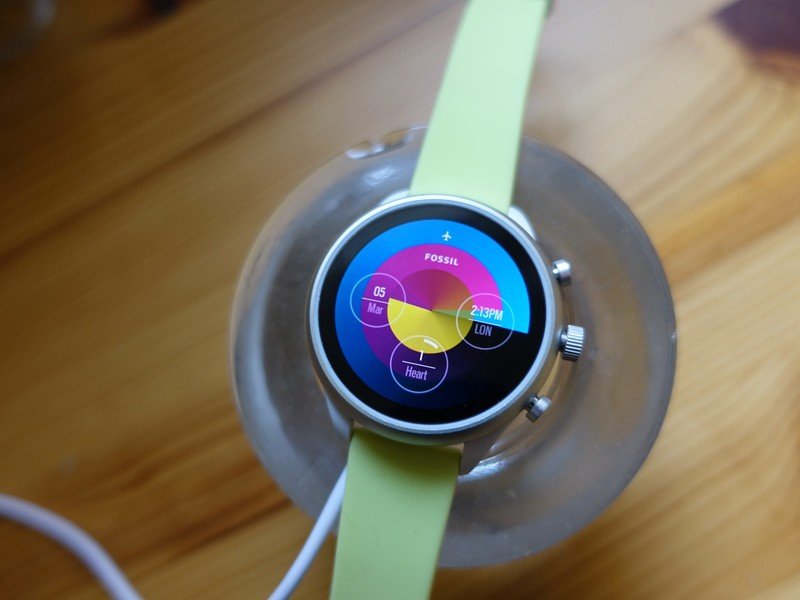
Wear OS is far from perfect, and I can't count the number of times I got frustrated with the Fossil Sport's software, but as a watch, a thing I wear and get notifications from and occasionally talk to, it's pretty great.
3.5 out of 5
The Fossil Sport is colorful, comfortable, and doesn't feel like I'm wearing a brick on my wrist. More importantly, though, it's just a good way of telling the time, receiving notifications and occasionally skipping the phone to ask Google Assistant to remind you to pick up a loaf of bread on the way home. For me, that's all I need out of a smartwatch.
Daniel Bader was a former Android Central Editor-in-Chief and Executive Editor for iMore and Windows Central.
